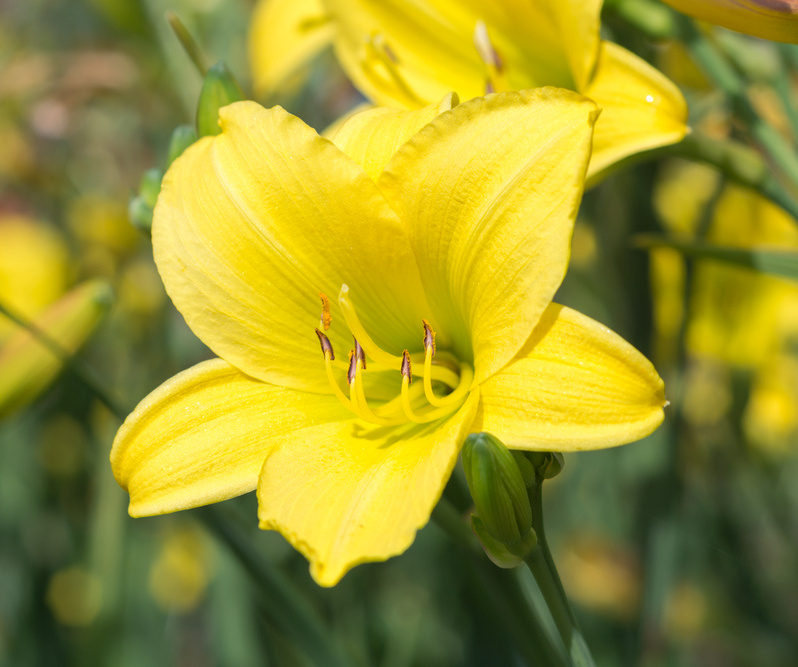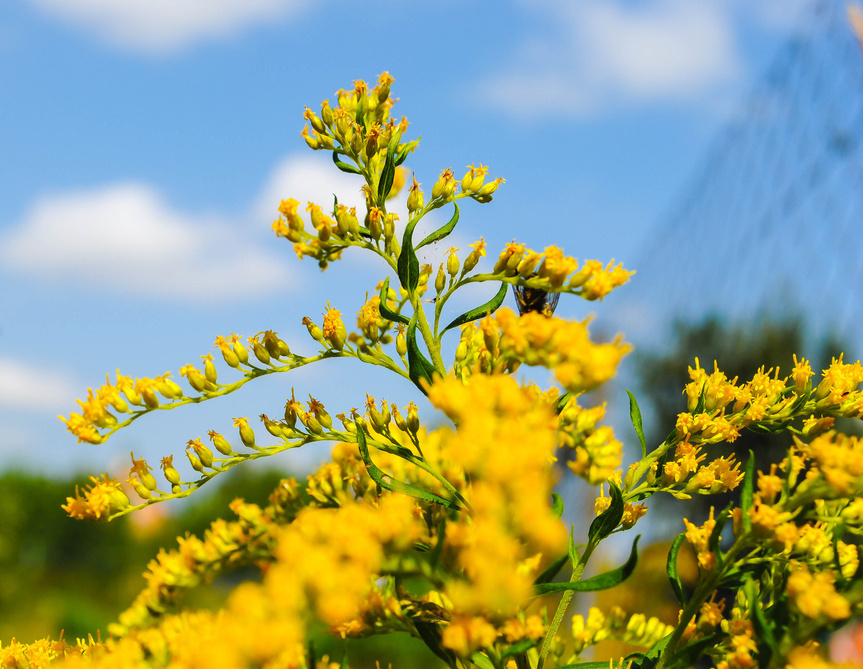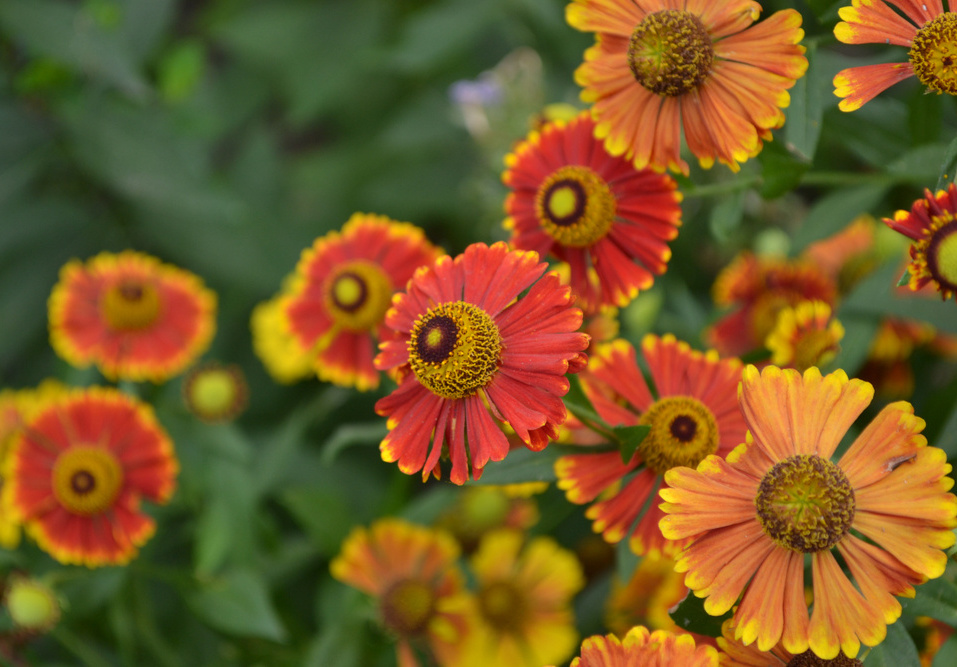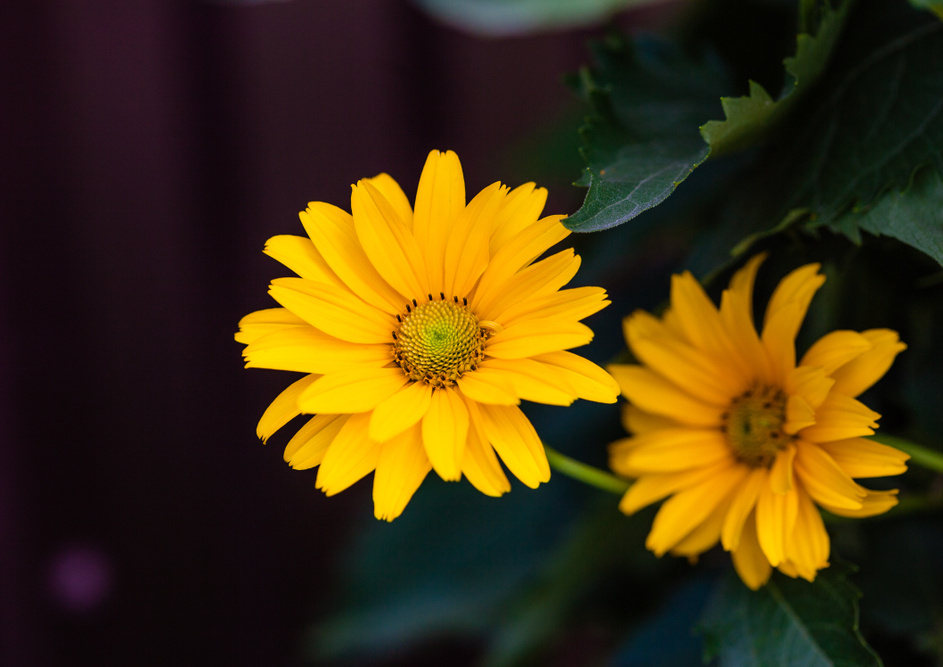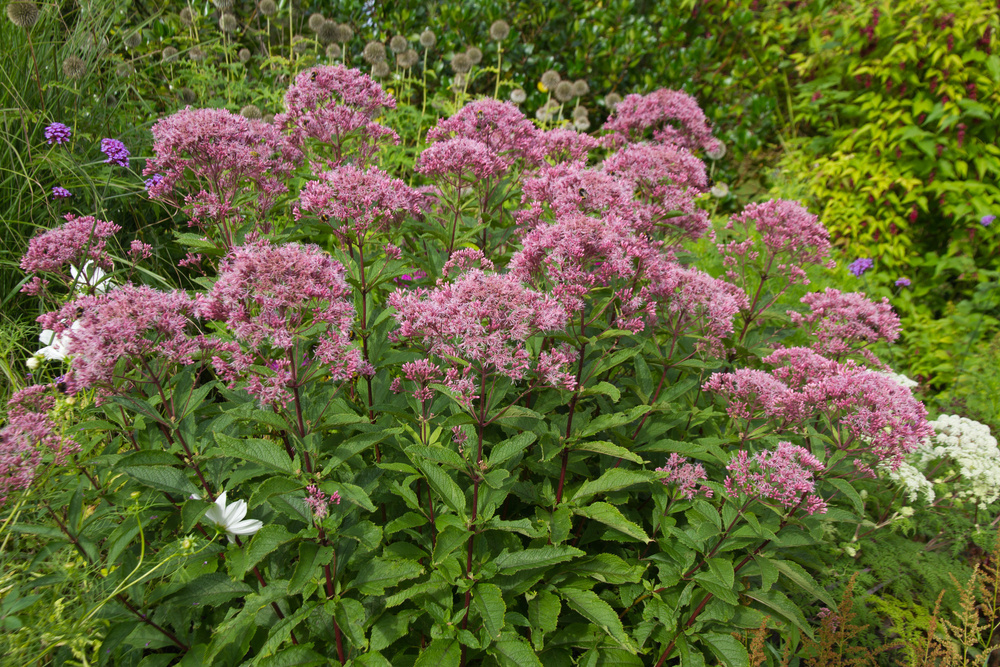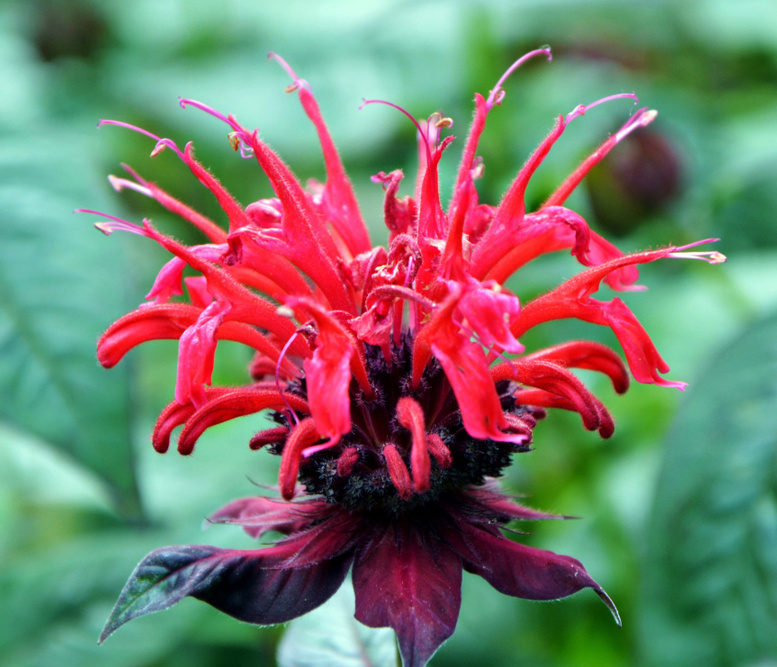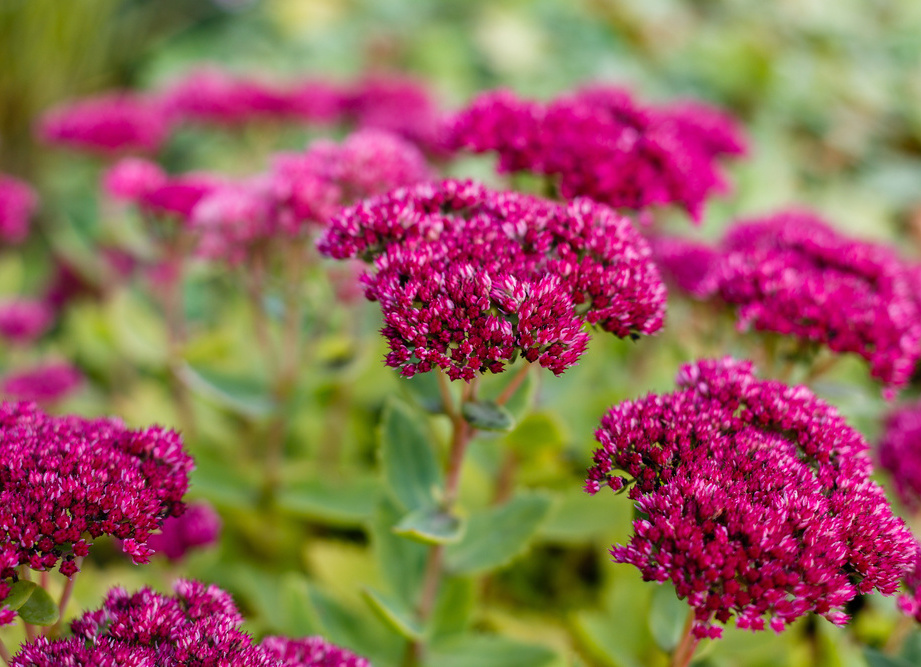September through mid-November is my favorite time of year – and that is especially true this year. I will not miss the hot, humid temperatures we have had this July and August.
I do miss the profuse blossoms that show up in our garden from April through July, though. By now, our favorite plants – azaleas and rhododendrons, peonies, mountain laurels, irises, lilacs and viburnums – have all gone by.
A well-planned garden, however, can have colorful blossoms until the bright fall foliage arrives and beyond.
Every garden should have rudbeckia, or black-eyed Susan. It is native, shows up late July with orange-yellow flowers with a dark cone in the center and keeps blossoming until frost. Although rudbeckia supposedly prefers full sun to part shade, we have some blooming beautifully underneath our neighbor’s Norway maple – so it will do OK in mostly shade, if not full shade.
The two rudbeckias commonly grown in Maine are R. fulgida, with the most common cultivar being “Goldsturm”; and R. hirta, with “Indian Summer” and “Herbstonne” as common cultivars. Fulgida is a true perennial and will live forever, while hirta is a biennial, living two years but self-seeding.
We grow both in our garden. The true perennial is in our formalized beds, while the biennial wanders around the vegetable garden by self-seeding itself.
Echinacea is another perennial that will blossom late into the season, though not as late as rudbeckia. Like rudbeckia it has daisy-shaped flowers with a prominent cone – thus the common name coneflower – but it comes in a wider range of colors. Hybridizers have created echinaceas in red, green, pink, white and more.
Many of the exotic ones do not thrive – so if you want to have varieties that will live forever, go with purple/pink – the color of the original species.
Asters are the most common native, late-flowering perennial – and the options abound. The New England aster (Symphyotrichum novae angliae, because the taxonomists decided that aster wasn’t quite right, although everyone still calls them asters) is the most common, and can grow up to 6 feet tall, although some cultivars are 2 feet tall. They come in blue, purple, white and pink and are gorgeous in a mass. Asters are an excellent pollinator plant at a time when not many flowers are in bloom. The New York aster (S. novi-belgii) is a similar plant, but blooms a little later than the New England variety.

Rudbeckia, or black-eyed Susan, mingles with other late-blooming flowers in a fall garden. It will keep blossoming until frost.
With all the publicity about the trouble monarch butterflies are facing, every garden should include some asclepias – the only plant on which monarchs can lay their eggs and which the monarch caterpillars can eat.
Asclepias tuberosa, or butterfly weed, is the most common variety in gardens. It grows about 3 feet tall and has bright orange flowers, usually beginning in early August and lasting into September.
The Cape Elizabeth Garden Club, of which I am a member, recently took on the job of weeding the gardens at the local library – and I had never realized how easily this plant spreads. Underneath the full, in-bloom plants were hundreds of tiny seedlings that should cover the ground and blossom in future years.
Asclepias incarnata isn’t as popular as butterfly weed, perhaps because its common name is swamp milkweed. It grows in moist conditions in the wild, but it has been doing very well in our flower garden, does spread and makes a good cut flower – which I know only because I accidentally broke off a blossom recently.
Common milkweed isn’t used as often in gardens, but it also blooms late and the foliage is attractive.
A late-blooming garden also needs at least a couple of woodies, gardener-speak for trees and shrubs.
Rose of Sharon (Hibiscus syriacus) is a striking shrub or small tree, that grows up to 12 feet tall and is covered with larger, colorful blossoms.
They come in double and single flowers, in colors that range from white to pink to lavender and almost blue. When it looks good, it is gorgeous.
Rose of Sharon does have a few problems. It is Zone 5, so won’t survive in inland Maine. Even along the coast, it can suffer from winter dieback. Sometimes under the weight of snow or even just heavy blossoms, the branches will droop.
But when it is right, it’s a sight to behold.
The other reliable late bloomer is hydrangea, but I’m not going to repeat what I wrote in columns earlier this year. Just remember that paniculata and arborescens do best in Maine.
ABOUT THE WRITER
TOM ATWELL has been writing the Maine Gardener column since 2004. He is a freelance writer gardening in Cape Elizabeth and can be contacted at: tomatwell@me.com.
Send questions/comments to the editors.

